The Quintessential Edition: If You Could Choose Only One Version of Your Favorite Classic Books . . .
 I think I’m getting the hang of this whole living-in-Evanston thing. All moves take adjustment, but you know the one thing that makes a transition smoother? Finding a great new bookstore. I was wondering the streets of downtown Evanston when I saw this sign advertising a bookstore down an alley. And while alley walking isn’t my usual way to go, having living in NYC for eleven years (a land, admittedly, without much in the way of ANY alleys) I was curious. The sign advertised a bookstore called Bookends and Beginnings. So I walked to it and discovered a marvelous little shop. First and foremost it had a great Alice in Wonderland display, celebrating 150 years, and showing off some very cool foreign editions. Then I took note of the fact that children’s books were meticulously scattered throughout the store. Salsa by Jorge Argueta and illustrated by Duncan Tonatiuh was in the poetry section. Migrant by Jose Manuel Mateo was in the current affairs. But best, by far, was the children’s section. There, tucked away in the back of the store, was the greatest collection of contemporary children’s book imports, translations, and foreign children’s books I’d ever seen sold to the public. It was awe-inspiring. Truly a work of a specialist. Indeed, as I later learned, Ms. Nina Barrett was the one responsible for the translations while her husband Jeff Garrett specialized in the foreign children’s fare. Seriously, check out their staff recommendations.
I think I’m getting the hang of this whole living-in-Evanston thing. All moves take adjustment, but you know the one thing that makes a transition smoother? Finding a great new bookstore. I was wondering the streets of downtown Evanston when I saw this sign advertising a bookstore down an alley. And while alley walking isn’t my usual way to go, having living in NYC for eleven years (a land, admittedly, without much in the way of ANY alleys) I was curious. The sign advertised a bookstore called Bookends and Beginnings. So I walked to it and discovered a marvelous little shop. First and foremost it had a great Alice in Wonderland display, celebrating 150 years, and showing off some very cool foreign editions. Then I took note of the fact that children’s books were meticulously scattered throughout the store. Salsa by Jorge Argueta and illustrated by Duncan Tonatiuh was in the poetry section. Migrant by Jose Manuel Mateo was in the current affairs. But best, by far, was the children’s section. There, tucked away in the back of the store, was the greatest collection of contemporary children’s book imports, translations, and foreign children’s books I’d ever seen sold to the public. It was awe-inspiring. Truly a work of a specialist. Indeed, as I later learned, Ms. Nina Barrett was the one responsible for the translations while her husband Jeff Garrett specialized in the foreign children’s fare. Seriously, check out their staff recommendations.
 As I walked about in a daze I stumbled across an interesting item sitting at the front desk. It wasn’t a title I’d run across on my librarian rounds, possibly because it could never work in a circulating collection. Some of you may know my opinion of Peter Pan. Which is to say, I don’t much care for it. I like aspects of it, but the book itself contains one too many twee moments for this average gal. Nonetheless, after spending less than 30 seconds in the presence of Peter Pan by Minalima I was enthralled. The book takes the Peter Pan story and inserts little interactive elements along the way. Reports and a fairy believer’s clap chart, maps and more (you can see some prints from the book here). It was like the Griffin & Sabine of children’s literature. And I wanted it.
As I walked about in a daze I stumbled across an interesting item sitting at the front desk. It wasn’t a title I’d run across on my librarian rounds, possibly because it could never work in a circulating collection. Some of you may know my opinion of Peter Pan. Which is to say, I don’t much care for it. I like aspects of it, but the book itself contains one too many twee moments for this average gal. Nonetheless, after spending less than 30 seconds in the presence of Peter Pan by Minalima I was enthralled. The book takes the Peter Pan story and inserts little interactive elements along the way. Reports and a fairy believer’s clap chart, maps and more (you can see some prints from the book here). It was like the Griffin & Sabine of children’s literature. And I wanted it.
ADVERTISEMENT
ADVERTISEMENT
It also got me to thinking. Few of us have unending shelf space. So when we go in for certain works of children’s literature we usually get just one version to suit our needs. Sometimes we may have more than one, but at least one has to be there. With that in mind, what is your perfect Quintessential Edition Collection? If you could have only one version of any classic work of children’s literature, what would it be? The question is a tricky one. Not long ago when I sat and watched the speakers at the remarkable Where the Wild Books Are conference created by Etienne Delessert I watched an Italian scholar describe in detail a variety of different takes on Pinocchio by decade. It was the kind of presentation that made clear to me that no matter what your favorite book, you’ll never be aware of all the various permutations out there.
Here is my own personal list. Very personal, since the books listed here are an interesting mix of desire for the unqualified “best” illustrations, titles from my own childhood that made a lifelong impression, and books that I would like to use with my own kiddos.
Alice’s Adventures in Wonderland by Lewis Carroll. Illustrated by Helen Oxenbury.
The first thing you’re going to notice about my choices here today is that they tend towards the heavily illustrated, “and what is the use of a book . . . without pictures or conversations?“, a wiser woman than I once asked. Few children’s books are illustrated and re-illustrated quite as often than Alice. We all have our favorites, and this is mine. I am aware of the “GAP Alice” moniker (full credit to Monica Edinger) the Oxenbury version attained when it first was published, but I remain steadfast and true to it. Few books are as perfect in child-friendliness than this (and yes, the text was never meant for the youngest of readers, but why quibble?). By the way – this past summer in NYC I noticed that Alice was on a number of summer reading lists. I decided to buy some extra copies of the book for the system. I was then baffled to discover that it was remarkably difficult to buy a simple Alice book in large quantities. Indeed, this edition that I love so much is out-of-print. All the more reason to get it while you can.
The Lion, the Witch, and the Wardrobe by Lewis Carroll. Illustrated by Michael Hague
Now I assume that there simply must be more than one fully illustrated version of this book out there. That said, this is the only one I’ve ever seen. It’s also the version I grew up with as a child. For a while there, Hague was the only game in town when it came to gorgeous, storytime ready, fully illustrated books for kids. He did them all (and you may see his name appear on this list at least once or twice again) and wasn’t afraid to summon the ghost of Arthur Rackham to aid him in his endeavors. This book in particular really solidified the story in my brain. That shot of the statues in the White Witch’s garden? *shudder*
Pinocchio, retold by Kate McMullen. Illustrated by Pascal LeMaitre
Translation is a funny fickle fellow. I don’t know that many Americans read their Pinocchio with an eye towards preserving Collodi’s cadences. Instead, it’s his story, his weird weird weird weird story, that pulls us in. Now I’ll be the first to admit that when this version of the tale came out I was skeptical. It seems to combine an odd cartoonish style with an early chapter book format of a classic title. How does THAT work, exactly? But when I read it to my daughter, magic. This was the first chapter book she had the patience to listen to front to finish. It’s not hard to see why. Originally serialized in newspapers, the story is episodic and odd. The plot hops at a breakneck pace. Characters die and come back to life without much rhyme or reason, and you simply accept it. Add in LeMaitre’s illustrations, which give the story both its mischievousness and a kind of innocence as well, along with McMullen’s fun telling, and you’ve got yourself a winner.
Pippi Longstocking by Astrid Lindgren. Illustrated by Lauren Child
Sort of a no-brainer, this one. It’s big and beautiful (though they came out with a very workable paperback edition not too long ago). Child’s art works so well with the storyline that you suspect she was very influenced by this book when she herself was a child.
Sarah, Plain and Tall by Patricia MacLachlan. Illustrated by P.J. Lynch
No one said I couldn’t include versions of relatively recent children’s book illustrated in other countries to this list, of course. Few Americans are familiar with this British edition of the beloved Newbery winner and more’s the pity. I’m pretty much just going to refer you to the cover and leave it at that.
The Secret Garden by Frances Hodgson Burnett. Illustrated by Inga Moore
ADVERTISEMENT
ADVERTISEMENT
The other day I found myself describing the plot of A Secret Garden to my daughter. She asked so many questions about it that at last I asked her if she wanted to see it for herself. She did, so I was finally able to pull this version down off the shelf for her. It’s my favorite, probably because it gives ample weight and attention to the garden itself. Also, her sickly Colin is SUPER sickly. That’s a kid who’s never felt sunshine on his skin, you betcha.
The Wind in the Willows by Kenneth Grahame. Illustrated by Michael Hague
Even more Rackham-esque than his Lion, Witch and Wardrobe. When I was a child my mother had many of the more evocative pictures from this book framed and placed around our house. If I’m not too much mistaken there may be one or two still hanging up around there somewhere. I should note for purists that when she would read the book to me she would also show me the version penned by Winnie-the-Pooh artist Ernest Shepard, and I liked them fine. They just weren’t as lush and amazing as Hague’s. I mean, that Pan beats all other Pans out there (sorry, 1913 Paul Bransom edition). This is a name dropping sidenote, but once I was in conversation with the late, great Brian Jacques and he mentioned he was doing the audiobook of The Wind in the Willows. I asked if it was unabridged and would include “The Piper at the Gates of Dawn” section. A lifelong Willows fan, he answered strongly in the affirmative. Of course it would! Of course! How could I even doubt it?
The Wonderful Wizard of Oz by L. Frank Baum. Illustrated by Michael Hague
Fans will note that for some odd reason Elizabeth Zwerger, Robert Ingpen, and some of the other bright lights of illustration have not been included here. But when you select only one version of anything, that’s the price you pay (though I’m rather intrigued by the Ingpen version of this book, so if someone would like to, ah, send me a copy I might be willing to reconsider). And yes, this is Hague’s third appearance on this list. Like I said, a lot of these have to do with childhood affection. That said, I really truly and honestly have never encountered a Wizard of Oz book to compare to this. The full color map of Oz on the endpapers was killer, as was his interpretation of so many scenes. It was Hague who showed me that the Wicked Witch of the West is never mentioned as having green skin at any time (and so his doesn’t). I’m sure there are folks out there who love Denslow’s original art, but if L. Frank Baum’s wife was allowed to dislike it then so am I.
That’s all I can think of off the to of my head. If you’ve versions of any of these that you’d like to defend, lay ’em on me.
By the way, should you be so inclined, my book Wild Things: Acts of Mischief in Children’s Literature (co-authored with Jules Danielson and Peter Sieruta) mentions one particular incident when a Caldecott winning author/illustrator had a chance to illustrate J.R.R. Tolkien’s The Hobbit but due to a miscommunication with Tolkien himself was told not to do so. Can you name the artist?
Filed under: Uncategorized
About Betsy Bird
Betsy Bird is currently the Collection Development Manager of the Evanston Public Library system and a former Materials Specialist for New York Public Library. She has served on Newbery, written for Horn Book, and has done other lovely little things that she'd love to tell you about but that she's sure you'd find more interesting to hear of in person. Her opinions are her own and do not reflect those of EPL, SLJ, or any of the other acronyms you might be able to name. Follow her on Twitter: @fuseeight.
ADVERTISEMENT
ADVERTISEMENT
SLJ Blog Network
Name That LEGO Book Cover! (#53)
K is in Trouble | Review
Fighting Public School Book Bans with the Civil Rights Act
ADVERTISEMENT

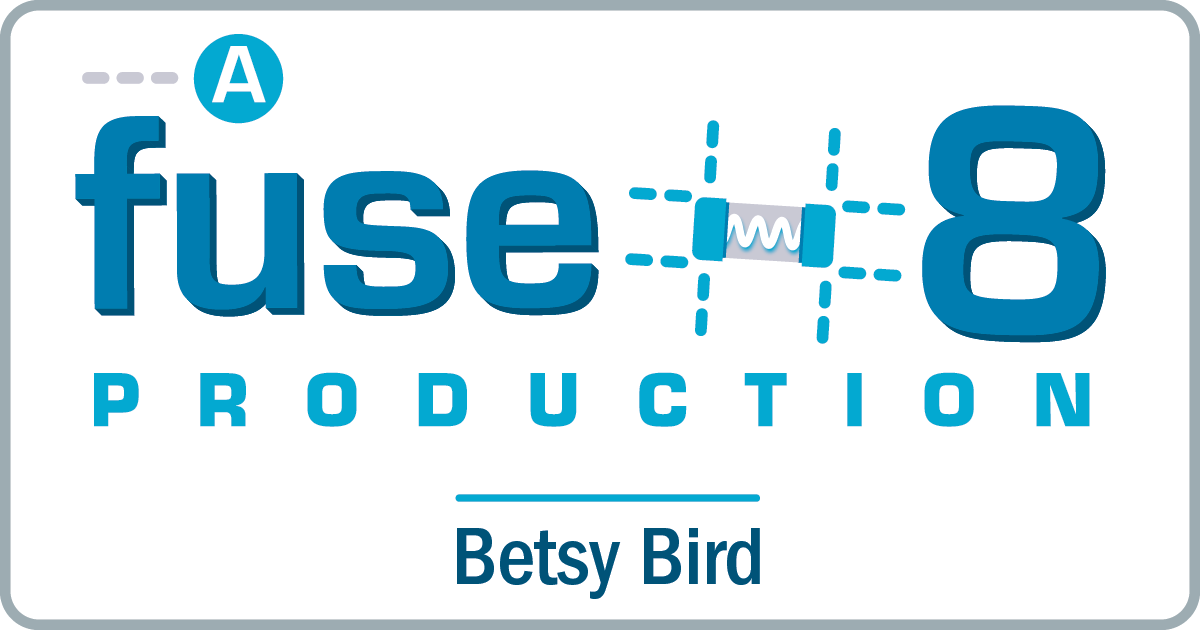
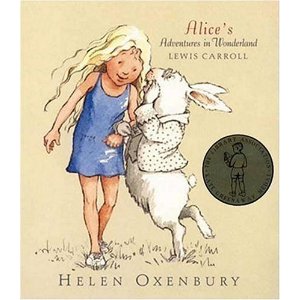








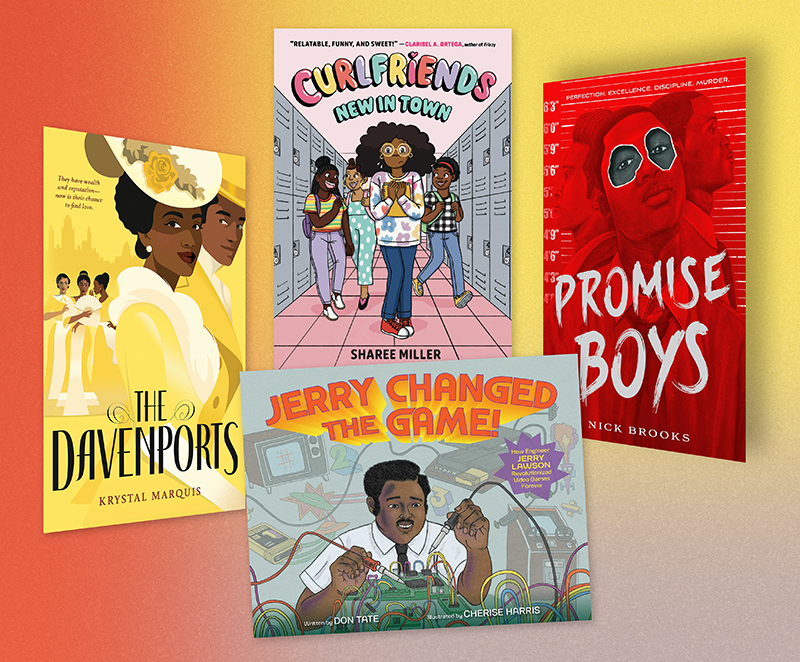
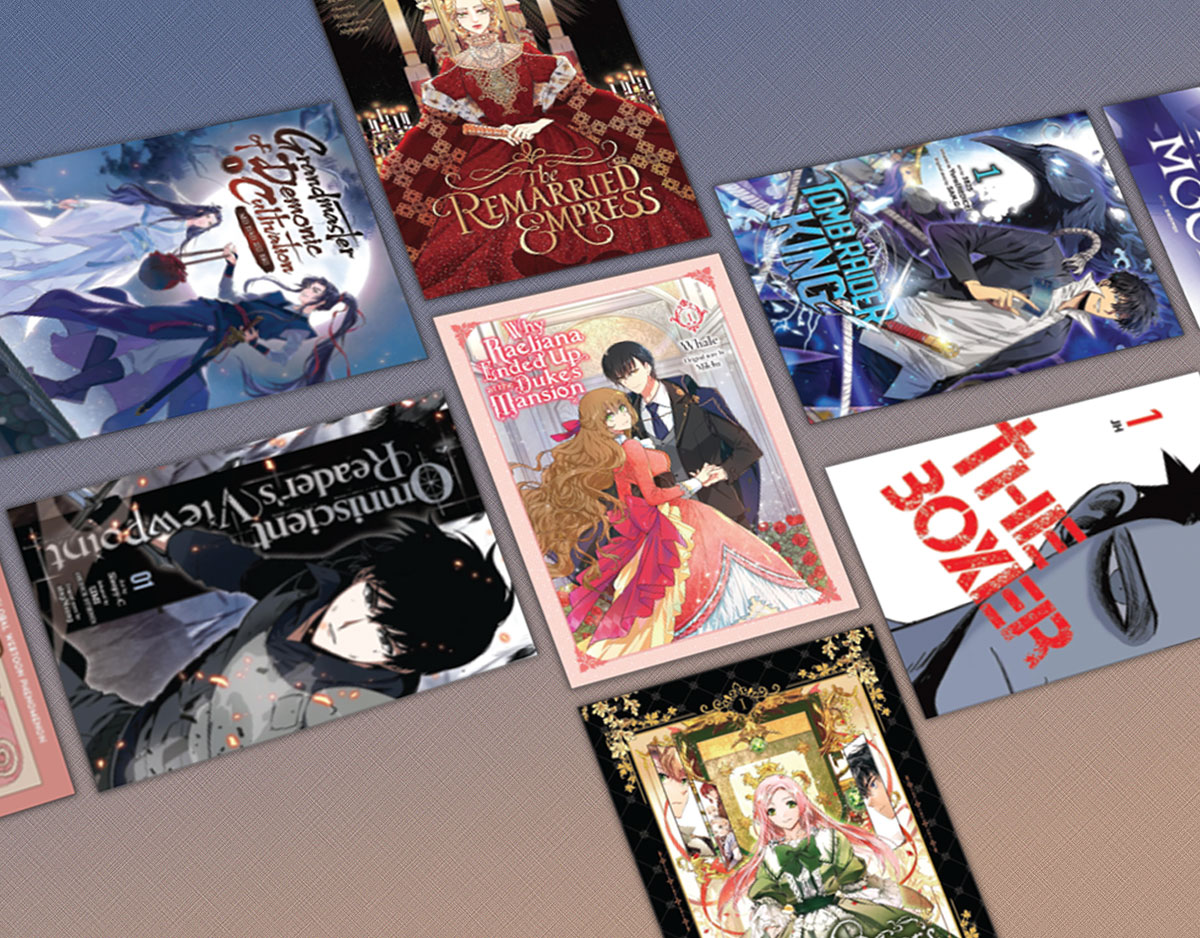
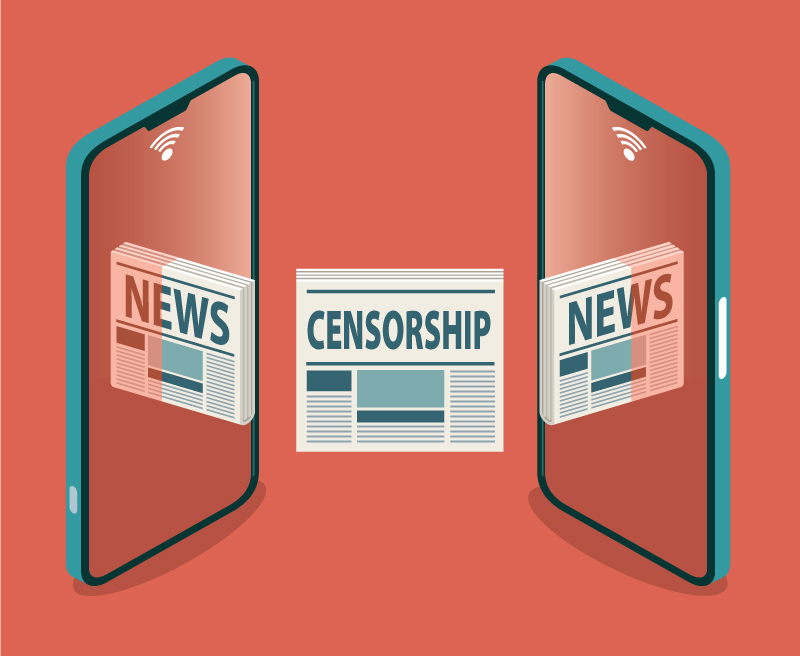
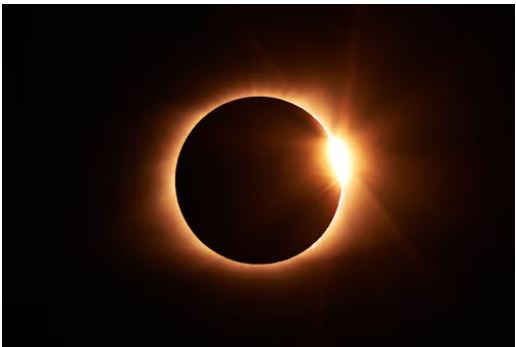
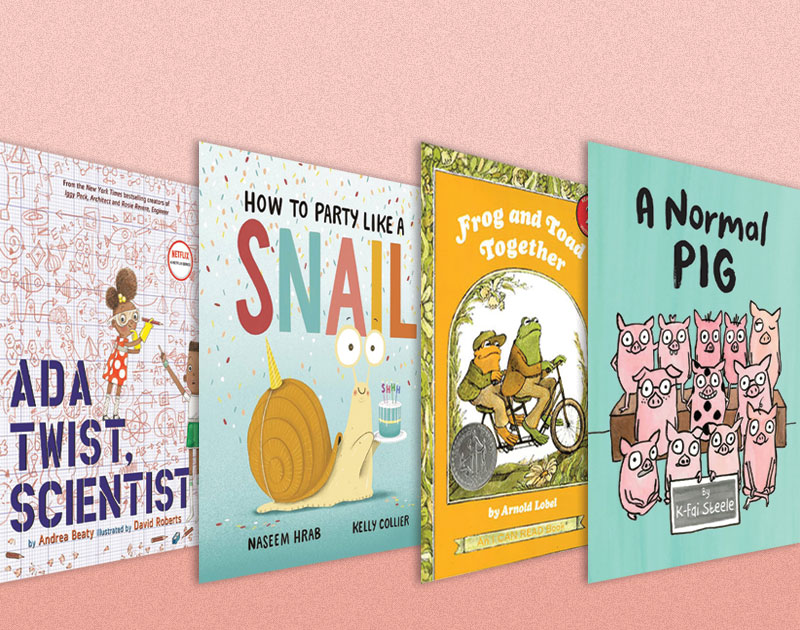
That edition of Peter Pan is awesome and I want it too! Regarding Gap Alice (I admit to coining the term) — there is an edition out this year (paperback) celebrating the 150th anniversary of the book’s publication. I will have a piece in the September SLJ with an annotated list of recommended Alice books (among them Oxenbury’s:). My favorite edition (other than Tenniel’s) was illustrated by Anthony Browne — think he absolutely managed to capture the visual puns and all beautifully.
One of my favorite editions of The Wind in the Willows was illustrated by Aurthur Rackham. (I suspect I am as big a fan of Rackham as you are of Hague;)
If we’re going to get technical about it, to love Hague is to love Rackham.
If I could choose only one edition of Alice, I’d actually have some shelf space in my apartment.
PINOCCHIO – gorgeous, dramatic illustrations by Attilio Mussino – out of print
THE SECRET GARDEN – illus. by Tasha Tudor (because that’s the one I grew up with…) – the Moore and the Tudor editions are out of print, too
(if publishers want people to buy these classics, shouldn’t they try to keep these beautifully illustrated editions in print?….I realize they’re expensive to produce…)
But it’s a good question. A core number of lushly illustrated classics kept continuously in-print makes a lot of sense. I’m now fantasizing about having a publishing company that just buys back the rights of such books, and offers them to bookstores across the country with new introductions written by a variety of contemporary authors and illustrators.
Like Lizzie Skurnick Books (Ig Publishing) has been doing with middle grade and YA books – the All-of-a-Kind Family Series, Ellen Conford, M.E. Kerr, etc. We need a Lizzie Skurnick for illustrated classics.
Aaaah, Michael Hague. His illustrations haunt my childhood memory (in the best way possible). I have always kept his illustrated versions of Aesop’s Fables and Mother Goose on my bookshelf. They were gifted to me on my second birthday by my English-teacher uncle.
Rackham’s artwork is gorgeous too. Thank you this post!
*for!
I love those editions of Pippi and The Secret Garden. But I have yet to find a beautifully illustrated version of Little Women. Any suggestions? I was looking for one for mu daughter’s 10th birthday.
I also must admit to owning multiple editions of Robert Louis Stevenson’s A Garden of Verses. So many illustrators have illustrated it and while there are a few I don’t like, there are so many I love, including Gyo Fujikawa’s and Brian Wildsmith’s.
Oo. Nice call with the Stevenson.
I too have never encountered a Little Women that did it justice visually. Anne of Green Gables either, for that matter. Seems to me there’s a lot of room out there for more of the same. Perhaps we could bribe Robert Ingpen . . .
There’s an Annotated Little Women coming out this fall that will have lots of illustrations and photos.
Thanks!
Oh, I hope it’s good! I love my Annotated Alice, Charlotte’s Web, and Anne of Green Gables, but was quite disappointed with the annotations to The Secret Garden (more psychological interpretation and literary analysis than actually adding facts the reader wouldn’t know, and when they did add facts to what was in the text, they tended to be very shallow mentions of the facts, with none of the details I enjoyed in other annotated classics.)
Wasn’t Maurice Sendak the one who was supposed to but didn’t illustrate The Hobbit? And, speaking of books from the Inklings, there is an illustrated version of The Lion, the Witch and the Wardrobe by Pauline Baynes and I think there’s even one in color.
Thank you for the kind mention of our bookstore! We have a like-new copy of Helen Oxenbury’s Alice (Candlewick, 1999). And until this morning, we had Robert Ingpen’s Alice in English–now we only have it in a Russian-language edition–just as beautiful. Just received: the Mexican edition of Rebecca Dautremer’s fabulous steampunk Alice. And it’s okay just to come in and browse: I’m a librarian and used to showing things without selling them.
I may have to relieve you of that Alice. My collection has a gap.
Rebecca Dautremer’s Alice is amazing (and her other work too) though I haven’t thought of it as steampunk. I’ve several non-English copies. Wish there was one in English.
Love Ingpen’s Wonderland; he’s got Looking-glass coming out this fall — but of course not in the US, sigh. http://www.palazzoeditions.com/book/title/childrens-classics-alice-through-the-looking-glass
This will be sacrilege to many, but I prefer Roald Dahl’s Fantastic Mr. Fox illustrated by Donald Chaffin over Quentin Blake’s illustrations. I looked at the intricate illustrations of Boggis, Bunch, and Beans as well as the Foxes’ burrow for ages in the version illustrated by Mr. Chaffin. They capture the details of that book so well and really help bring the Foxes’, Badgers’ and Rabbits’ troubles to light. Mr. Blake’s more energetic illustrations just don’t do justice to this work.
I far prefer Roald Dahl’s James and the Giant Peach with Nancy Ekholm Burket’s illustrations to Quentin Blake’s and I prefer Joseph Schindelman’s illustrations of Charlie and the Chocolate Factory to Quentin Blake’s.